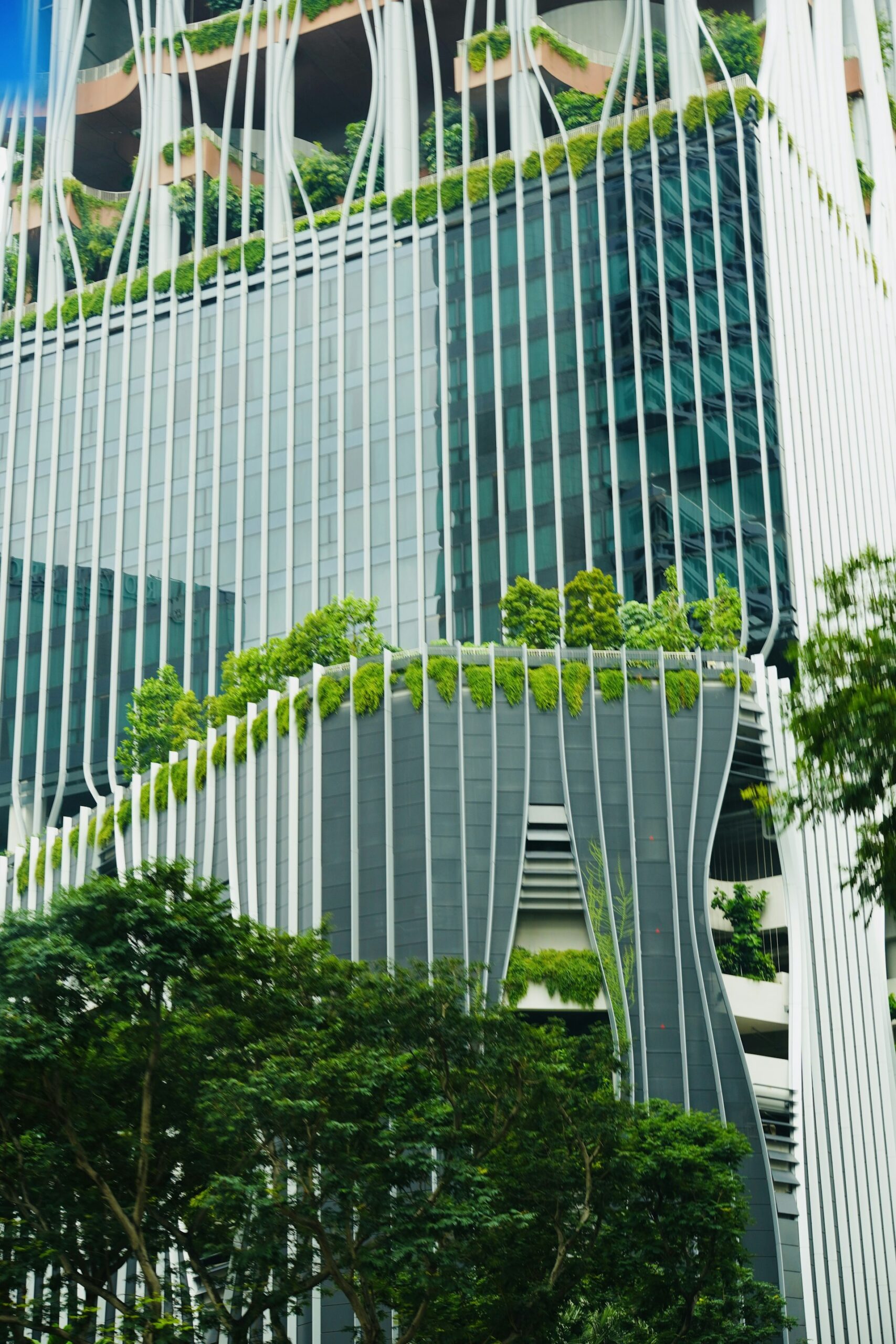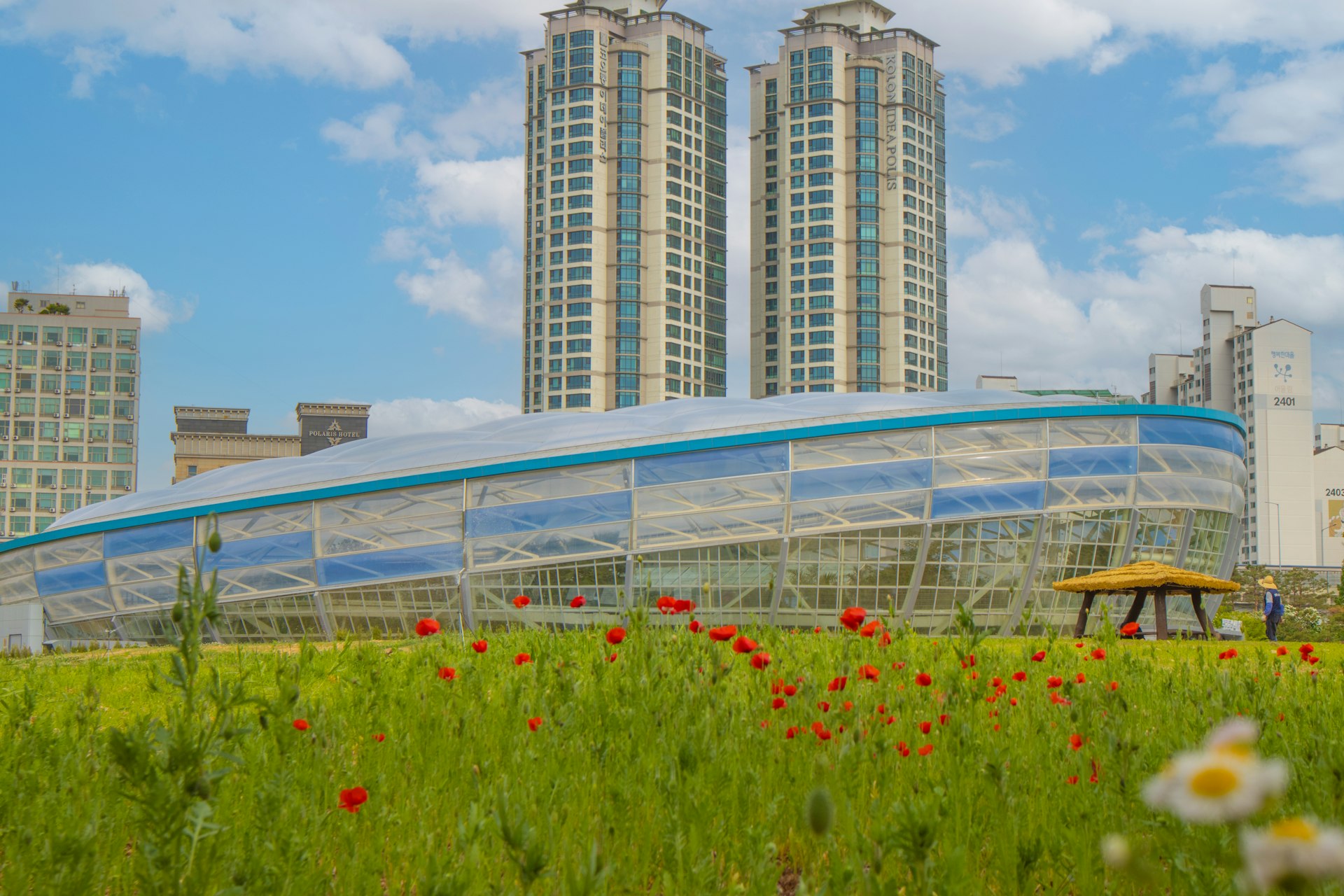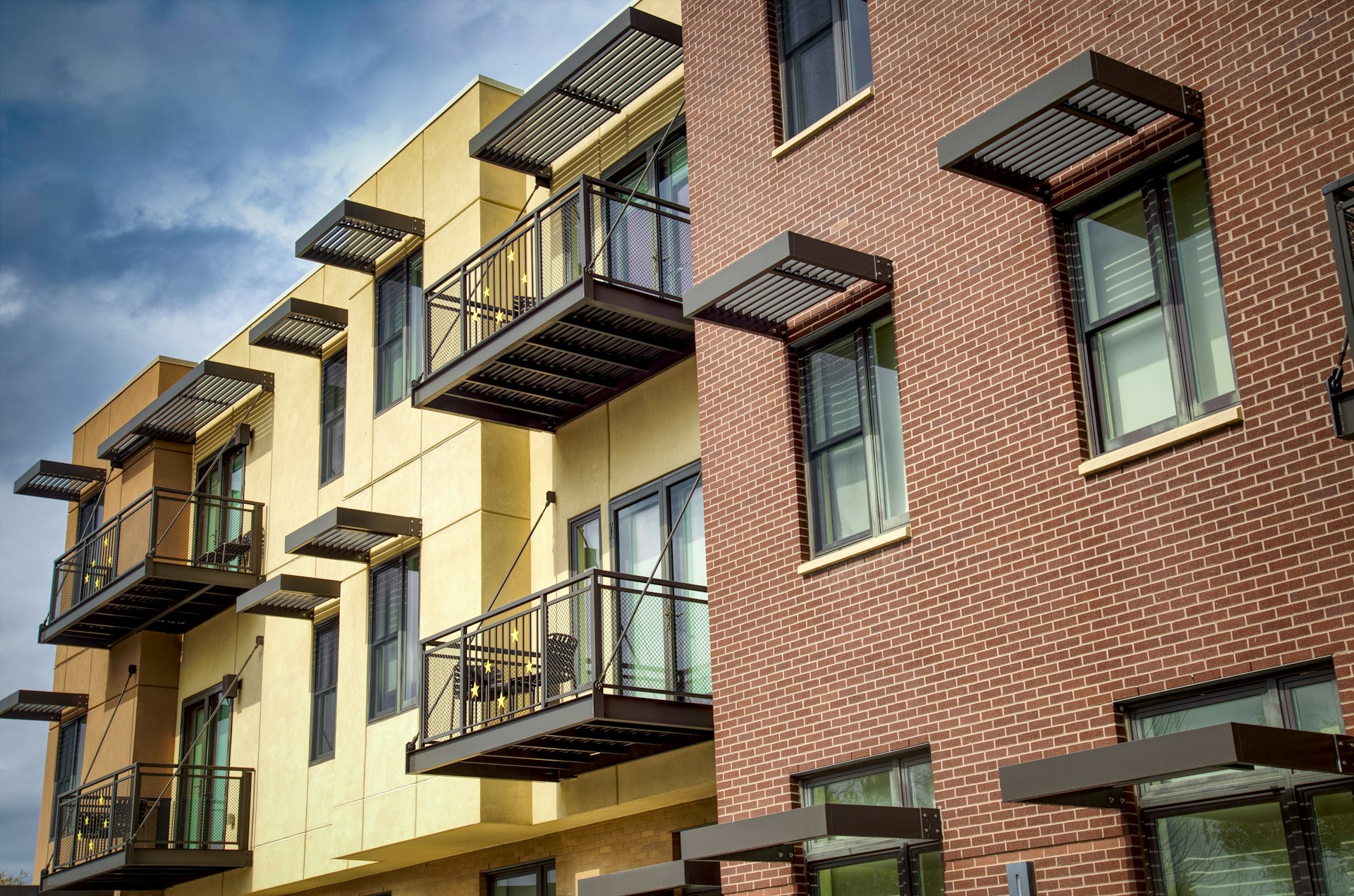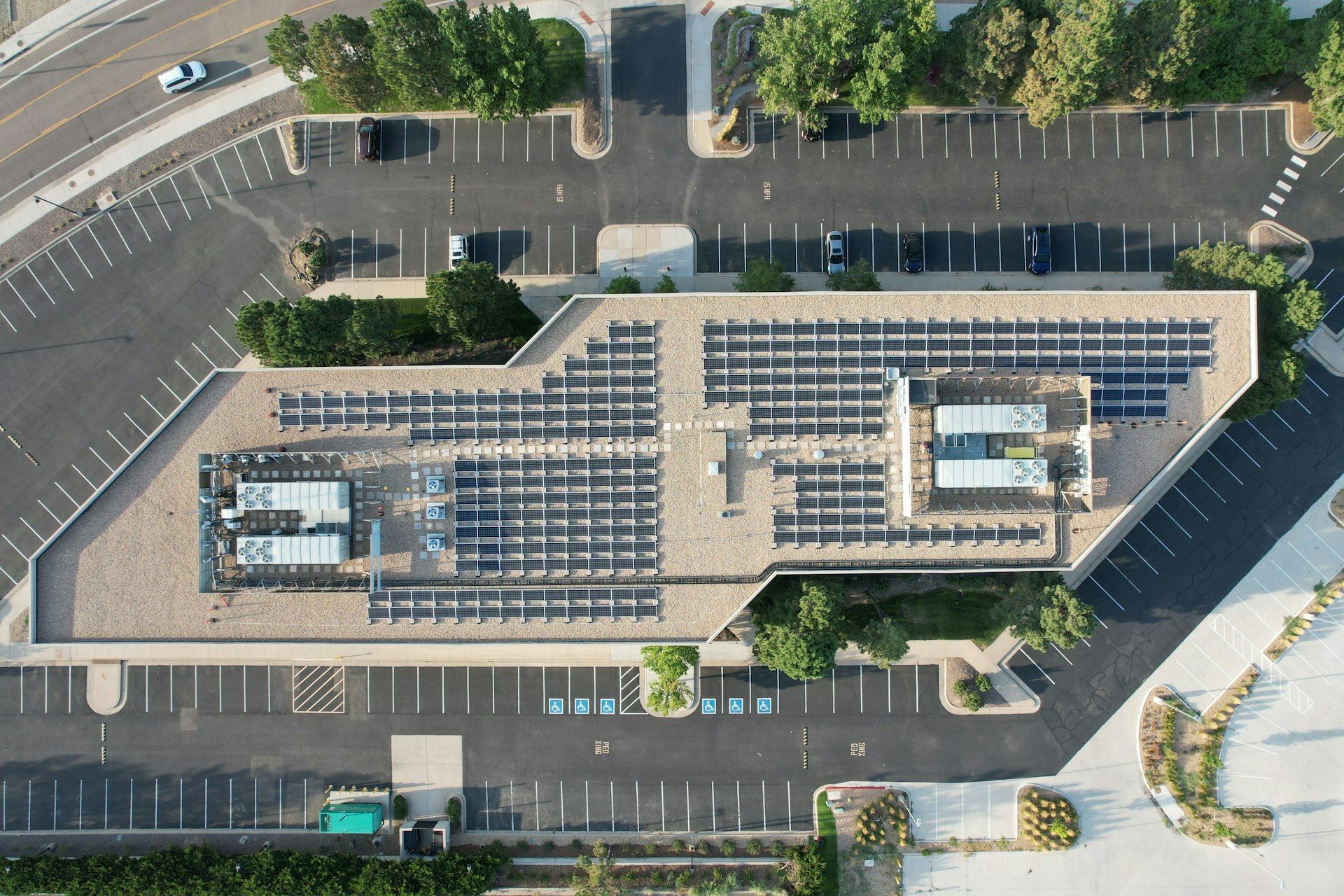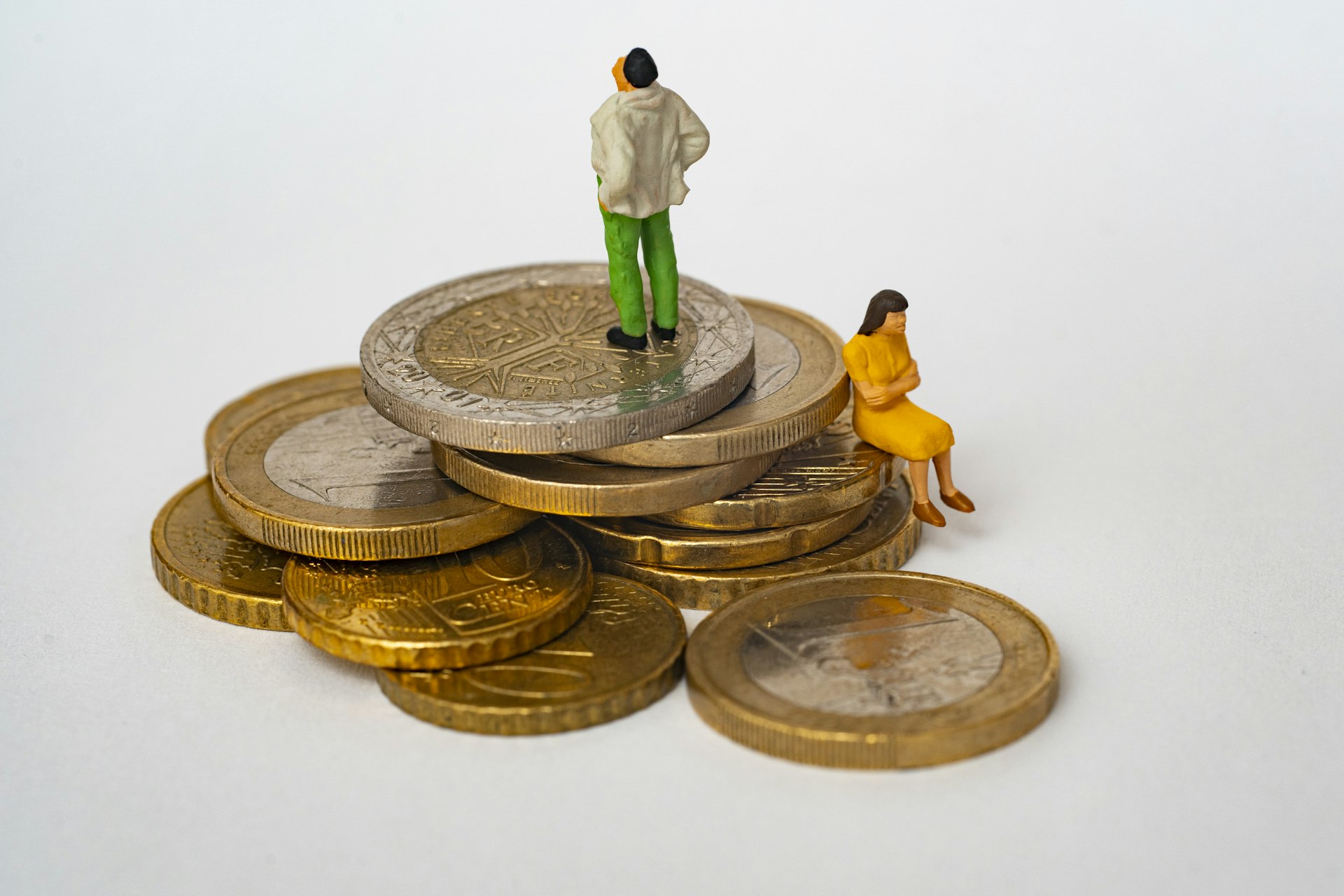Sustainability as a Strategic Advantage in Commercial Real Estate Investments

Photo by Rahul Singh Bhadoriya on Unsplash
Introduction: Sustainability’s Evolving Role in Commercial Real Estate
Sustainability has rapidly shifted from a niche consideration to a strategic imperative in commercial real estate (CRE) investing. Where once green features were seen as optional perks, they now underpin asset value, resilience, and investor appeal. In today’s market, integrating sustainability is not just about environmental stewardship-it is essential for competitive advantage, regulatory compliance, and long-term profitability. Recent industry surveys show that 64% of CRE lenders, borrowers, and investors now have sustainability programs directly tied to their investment or lending activities [2] .
Key Drivers: Why Sustainability Matters in CRE Investments
The growing importance of sustainability in CRE stems from several critical factors:
- Cost Savings and Operational Efficiency: Sustainable buildings are engineered or retrofitted to minimize energy and water consumption, lower utility costs, and streamline maintenance. Features such as modern HVAC systems, smart lighting, and water-smart landscaping can significantly reduce operating expenses [1] .
- Risk Mitigation: Climate change has introduced new operational risks, including extreme weather events and fluctuating energy demands. Sustainability-focused investments help “climate-proof” properties, reducing exposure to insurance claims and liability while supporting business continuity [2] .
- Regulatory Compliance: With environmental regulations tightening at state and local levels, sustainable properties are better positioned to meet performance standards and avoid costly retrofits or fines. States like California have set aggressive carbon neutrality targets, driving building owners and investors to prioritize sustainability regardless of federal policy shifts [4] .
- Market Demand and Tenant Attraction: Commercial tenants increasingly prioritize sustainable spaces for both their operational needs and corporate responsibility goals. Many are willing to pay premium rents for buildings with sustainability certifications and features, resulting in higher occupancy rates and asset value [2] .
- Long-Term Value Growth: Properties with recognized sustainability certifications (LEED, ENERGY STAR) typically see a 4% to 7% increase in asset value compared to non-certified counterparts [3] . This value premium reflects the market’s confidence in future-proofed, resilient assets.
What Makes a Commercial Property Sustainable?
A truly sustainable commercial property incorporates a blend of design, technology, and operational practices:
- Energy Efficiency: Advanced HVAC systems, solar-ready infrastructure, motion-sensor lighting, and smart meters reduce energy waste and costs [1] .
- Water Conservation: Dual-flush toilets, water-smart landscaping, and leak detection systems minimize usage and help manage costs.
- Material Selection: Using recycled, reclaimed, or low-emission materials supports durability and indoor air quality.
- Waste Management: Thoughtful design and operational protocols reduce construction and operational waste, further improving asset sustainability.
- Certifications: Third-party programs like LEED and ENERGY STAR offer validation that raises a property’s market profile and desirability [1] .
These elements can be incorporated into new developments or retrofitted into existing assets. Each contributes to lowering both environmental impact and operational costs, enhancing the property’s appeal for tenants and investors alike.

Photo by Kevin Yudhistira Alloni on Unsplash
Implementation: Step-by-Step Guidance for Investors
Adopting sustainability in CRE investments involves a strategic, phased approach:
- Conduct a Sustainability Audit: Begin by assessing current building performance across energy, water, waste, and materials. Identify areas where improvements will yield the greatest value.
- Set Clear Sustainability Goals: Define objectives based on market trends, tenant expectations, and regulatory requirements. Goals may include achieving specific certifications, reducing carbon emissions, or improving energy ratings.
- Develop an Upgrade Plan: Prioritize upgrades based on cost-benefit analysis. Focus on quick wins like LED lighting, smart thermostats, and low-flow fixtures before tackling larger projects like solar installations or HVAC overhauls.
- Engage Qualified Professionals: Work with architects, engineers, and sustainability consultants who specialize in green building practices. Many firms offer strategic investment planning and appraisals aligned with sustainability trends [3] .
- Pursue Third-Party Certifications: Seek LEED, ENERGY STAR, or similar validation to maximize market appeal and asset value. These certifications provide clear benchmarks for sustainability performance.
- Leverage Incentives: Many states and local governments offer incentives for energy-efficient upgrades. To identify available programs, search your state’s official energy office website or contact your local utility provider.
- Monitor and Report Progress: Implement ongoing tracking of sustainability metrics. Adopting ESG reporting standards, such as those set by GRESB or the IFRS Sustainability Disclosure Standards, helps demonstrate your commitment to investors and tenants [5] .
If you’re new to sustainability in CRE, consider starting with a consultant who can guide you through local compliance requirements and help identify the most cost-effective upgrades. Many reputable commercial real estate advisory firms provide these services and can be found by searching “commercial real estate sustainability consulting” in your region.
Challenges and Solutions
While the benefits are clear, investors may face challenges implementing sustainability initiatives:
- Upfront Costs: Initial investments in upgrades can be significant. However, long-term energy savings and asset value growth typically outweigh these costs.
- Regulatory Complexity: Varying state and local standards may complicate compliance. Engaging local experts or legal counsel can help navigate specific mandates.
- Tenant Education: Some tenants may not initially recognize the value of sustainable features. Providing clear information about operating cost savings and health benefits can improve acceptance and retention.
Alternative approaches include phased upgrades, pursuing incentives, or forming partnerships with sustainability-focused service providers. Many organizations offer educational resources and toolkits; for example, the U.S. Green Building Council’s website provides guidance on LEED certification and best practices (search for “USGBC LEED resources” for details).
Case Studies: Real-World Impact
Several recent developments highlight the real-world impact of sustainability on CRE investments:
- Asset Value Uplift: Buildings with sustainability certifications can achieve a 4-7% increase in value versus non-certified properties [3] .
- Investor Adoption: According to Agora, 70% of CRE investors now use ESG criteria when making investment decisions, up from 56% in 2021 [4] .
- Tenant Preference: Reports from JLL and other major commercial brokers indicate that sustainability is now a top consideration for tenants, with many prepared to pay premium rents for green-certified space [2] .
Future Trends and Opportunities
The future of CRE investment is clearly sustainable. As regulations continue to evolve and market expectations shift, proactive investors will benefit from early adoption and ongoing innovation. Key trends to watch include:
- Decarbonization: Reducing carbon footprints and energy intensity will remain central to asset management and investor strategies.
- ESG Transparency: Enhanced reporting and disclosure standards will drive greater accountability and differentiation in the market [5] .
- Local Policy Leadership: With federal policies in flux, state and city mandates will continue to shape the market’s direction [4] .
- Resilience Planning: Investors will prioritize resilience against climate risks, including extreme weather and insurance volatility.
Accessing Services and Resources
If you are considering integrating sustainability into your CRE investments:
- Search for “commercial real estate sustainability consulting” to find qualified local advisors and appraisal services.
- Contact your state’s energy office or local utility provider for information on available incentives and rebate programs.
- Explore the U.S. Green Building Council’s website for LEED certification resources and best practices.
- Review ESG reporting standards from GRESB and IFRS for guidance on transparency and compliance.
For more direct support, reach out to established commercial real estate firms with a proven track record in sustainable investment strategies. Many offer complimentary consultations and can help design a tailored roadmap for your portfolio.
Key Takeaways
Sustainability is no longer an option in commercial real estate-it is a driver of value, resilience, and market differentiation. By adopting a strategic approach to green investing, CRE stakeholders can reduce costs, mitigate risk, and secure future growth. Whether you’re acquiring, developing, or managing properties, prioritizing sustainability will help you stay ahead of market trends and regulatory shifts.
References
- [1] Jones Aur (2024). The Role of Sustainability in Commercial Real Estate.
- [2] Omnidian (2024). The Business Case for Sustainability in Commercial Real Estate.
- [3] Lowery PA (2024). The Rising Value of Sustainability in Commercial Real Estate.
- [4] Agora (2024). The state of green investments in commercial real estate.
- [5] GRESB (2024). The future of commercial real estate is sustainable: Reflections on the post-election era.
MORE FROM smartsavingsfinder.com
